Starlink Mini vs. Standard: Which Satellite Internet Kit is Right for Your Australian Caravan Adventure?
When it comes to staying connected while exploring Australia's remote outback, satellite internet has become a game-changer for caravanners, remote workers, and adventure seekers. Starlink has revolutionised connectivity in areas where traditional broadband simply doesn't reach. But with two main options—Starlink Mini and Starlink Standard—which one is right for your caravan setup? Let's break down the differences to help you make an informed decision.
Understanding the Basics
Starlink Mini is the compact, portable option designed for those who prioritise mobility and simplicity. It's smaller, lighter, and more affordable than its counterpart. Starlink Standard (also called Starlink V4) is the full-sized residential dish, offering superior performance and reliability for more demanding applications.
For Australian caravanners, this choice often comes down to your specific needs, budget, and how you plan to use your internet connection while on the road.
Size and Portability: The Mini's Advantage
The most obvious difference is size. Starlink Mini measures just 28.5cm x 24.3cm and weighs approximately 1.3kg, making it genuinely portable. You can pack it in a backpack or store it easily in a caravan cupboard. The Standard dish, by contrast, is significantly larger at around 59.5cm x 53.3cm and weighs approximately 4.5kg.
For caravanners with limited storage space—which is most of us—the Mini's compact footprint is genuinely appealing. However, the Standard's larger size isn't necessarily a dealbreaker if you have roof or external mounting space available.
Performance and Speed: Where Standard Shines
Here's where the differences become more significant. Starlink Mini delivers download speeds of 50-150 Mbps under optimal conditions, with latency around 25-35ms. This is perfectly adequate for streaming, video calls, and general browsing.
Starlink Standard offers superior performance with download speeds of 100-200+ Mbps and similar latency. For Australian users in remote areas, this extra bandwidth can make a noticeable difference, especially if multiple people are using the connection simultaneously or if you're uploading large files.
If you're a remote worker relying on video conferencing and file uploads, the Standard's extra capacity provides more headroom and reliability. If you're primarily streaming entertainment and checking emails, the Mini handles these tasks comfortably.
Power Consumption: Mini Wins Again
Power management is crucial for off-grid caravanning. The Starlink Mini consumes approximately 25-30 watts during operation, while the Standard uses around 100-150 watts. This is a substantial difference when you're relying on solar panels and battery systems.
For caravanners with modest solar setups, the Mini's lower power draw means you can maintain connectivity without constantly worrying about battery depletion. Combined with a quality lithium battery system and solar panels from Outcamp, the Mini becomes an excellent choice for extended off-grid adventures.
Cost Considerations
Starlink Mini typically costs around $599 AUD for the hardware kit, with monthly plans starting from approximately $139 AUD for the Roam plan (designed for mobile users).
Starlink Standard costs around $799-899 AUD, with residential plans starting from around $139 AUD monthly.
The Mini's lower upfront cost makes it more accessible for caravanners testing satellite internet for the first time. However, the Standard's superior performance might justify the extra investment if you're a heavy user.
Weather Resilience and Signal Strength
Both systems can experience signal degradation during heavy rain—a consideration for Australian monsoon seasons. However, the Standard's larger dish provides slightly better signal acquisition and can maintain connections during lighter rain conditions more effectively than the Mini.
If you're planning extended trips to tropical regions during wet season, the Standard's robustness might be worth the trade-off in power consumption.
Installation and Setup
The Mini's simplicity extends to installation. You can set it up almost anywhere with a clear view of the northern sky (in the Southern Hemisphere). The Standard requires more careful positioning and potentially permanent mounting, but once installed, it's rock-solid.
For caravanners who move frequently, the Mini's flexibility is invaluable. For those with a semi-permanent base camp, the Standard's stability is preferable.
The Hybrid Approach
Here's a strategy many experienced caravanners use: start with the Starlink Mini for flexibility and lower power requirements, then upgrade to Standard if you find yourself staying in one location for extended periods or if your connectivity demands increase.
This approach lets you test satellite internet without major investment, then scale up as needed.
Practical Recommendations for Australian Caravanners
Choose Starlink Mini if you:
- Travel frequently and value portability
- Have limited solar/battery capacity
- Use internet primarily for streaming and communication
- Want to minimise power draw
- Are budget-conscious
- Prefer simplicity and ease of setup
Choose Starlink Standard if you:
- Work remotely with demanding bandwidth requirements
- Stay in locations for extended periods
- Have robust power systems (larger solar arrays, multiple batteries)
- Need maximum reliability and speed
- Have multiple users on the connection simultaneously
- Can accommodate the larger physical footprint
Powering Your Setup
Regardless of which Starlink system you choose, you'll need reliable power. At Outcamp, we stock quality lithium battery systems and solar solutions designed specifically for caravan and 4x4 applications. A 200Ah lithium battery paired with 400-600W of solar panels provides excellent support for either Starlink system, with the Mini requiring significantly less capacity.
Final Thoughts
Both Starlink Mini and Standard represent genuine breakthroughs in remote connectivity for Australian caravanners. The Mini excels in portability, affordability, and power efficiency—perfect for adventurers who value flexibility. The Standard delivers superior performance and reliability for those with more demanding needs and robust power systems.
Your choice ultimately depends on your specific situation: how you travel, what you do online, and how much power you can generate. Many caravanners find the Mini strikes the perfect balance between capability and practicality, while others discover that the Standard's extra performance justifies the additional investment.
Whatever you choose, staying connected while exploring Australia's incredible landscapes has never been more achievable. The outback awaits—and now you can share those sunset photos in real-time.

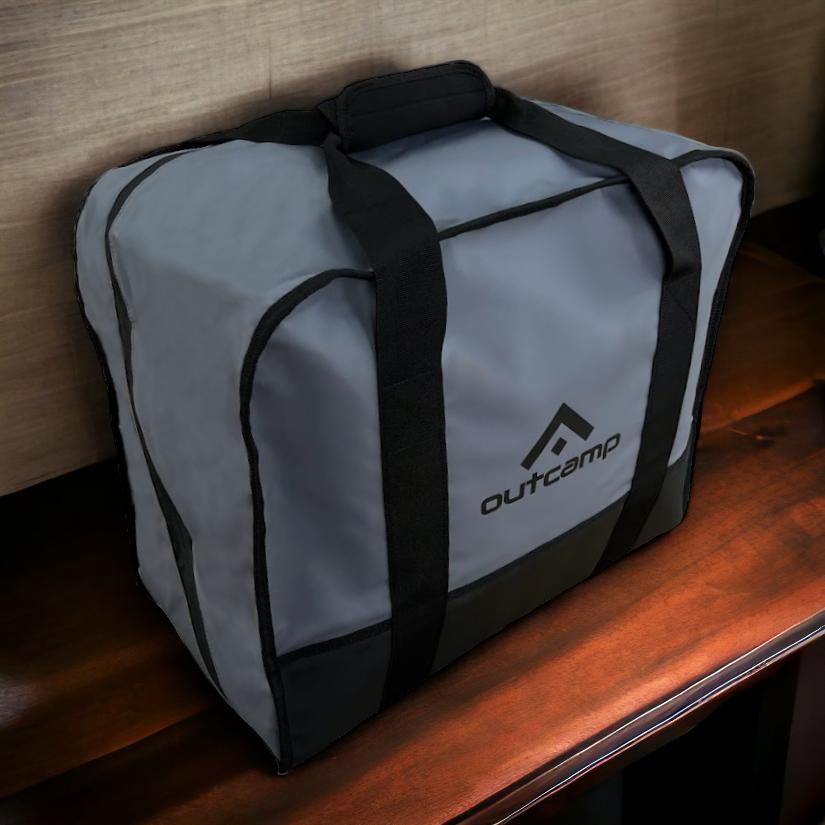
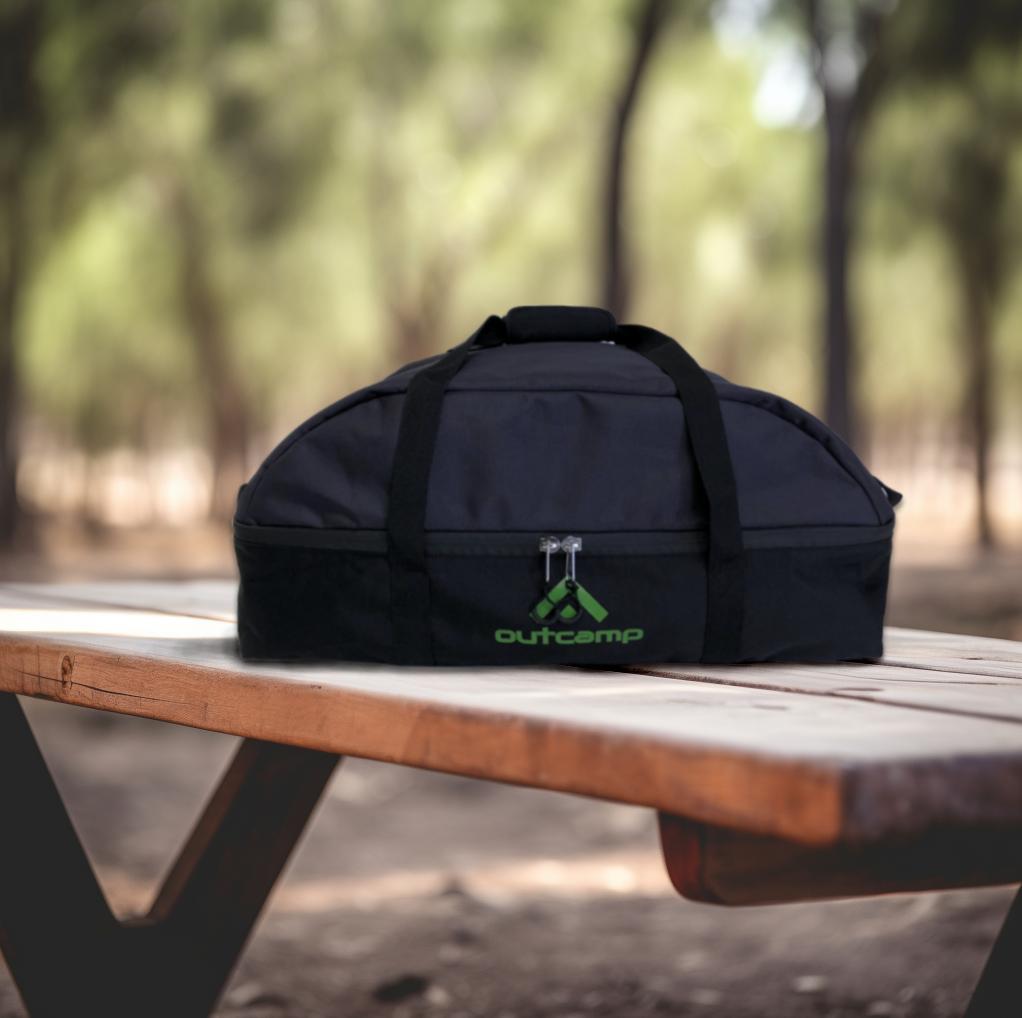
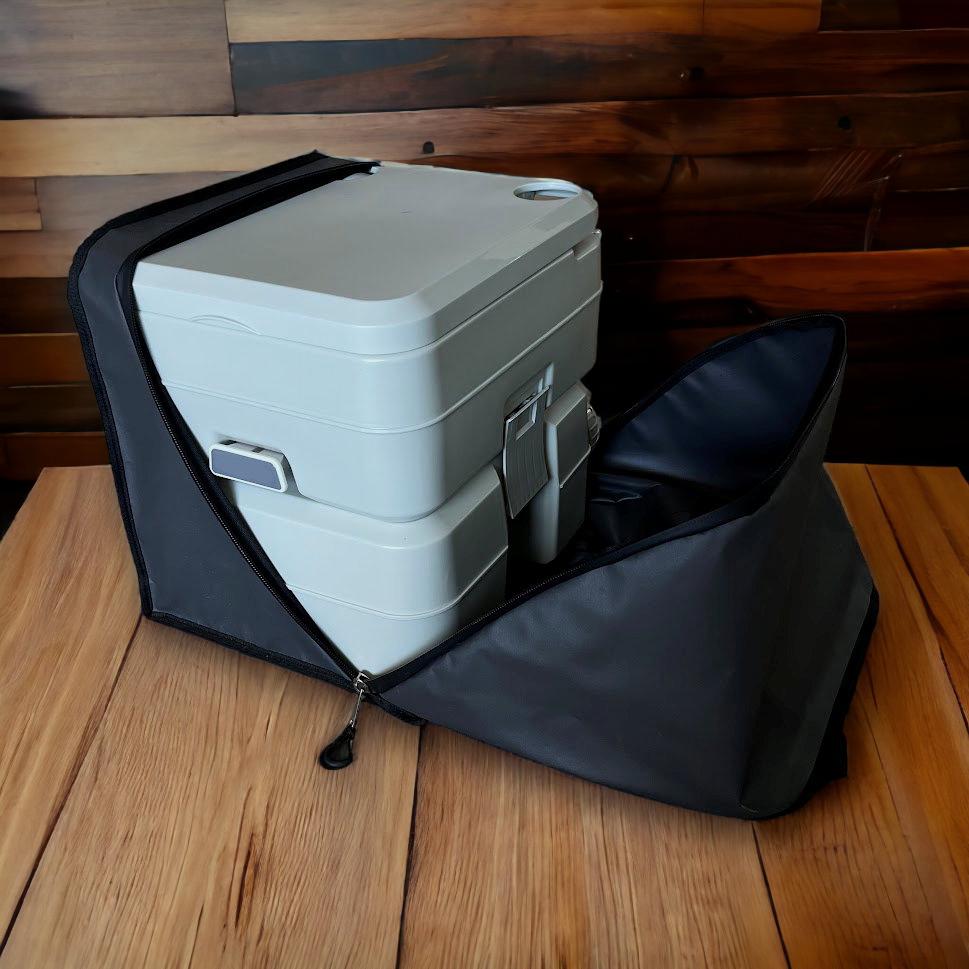
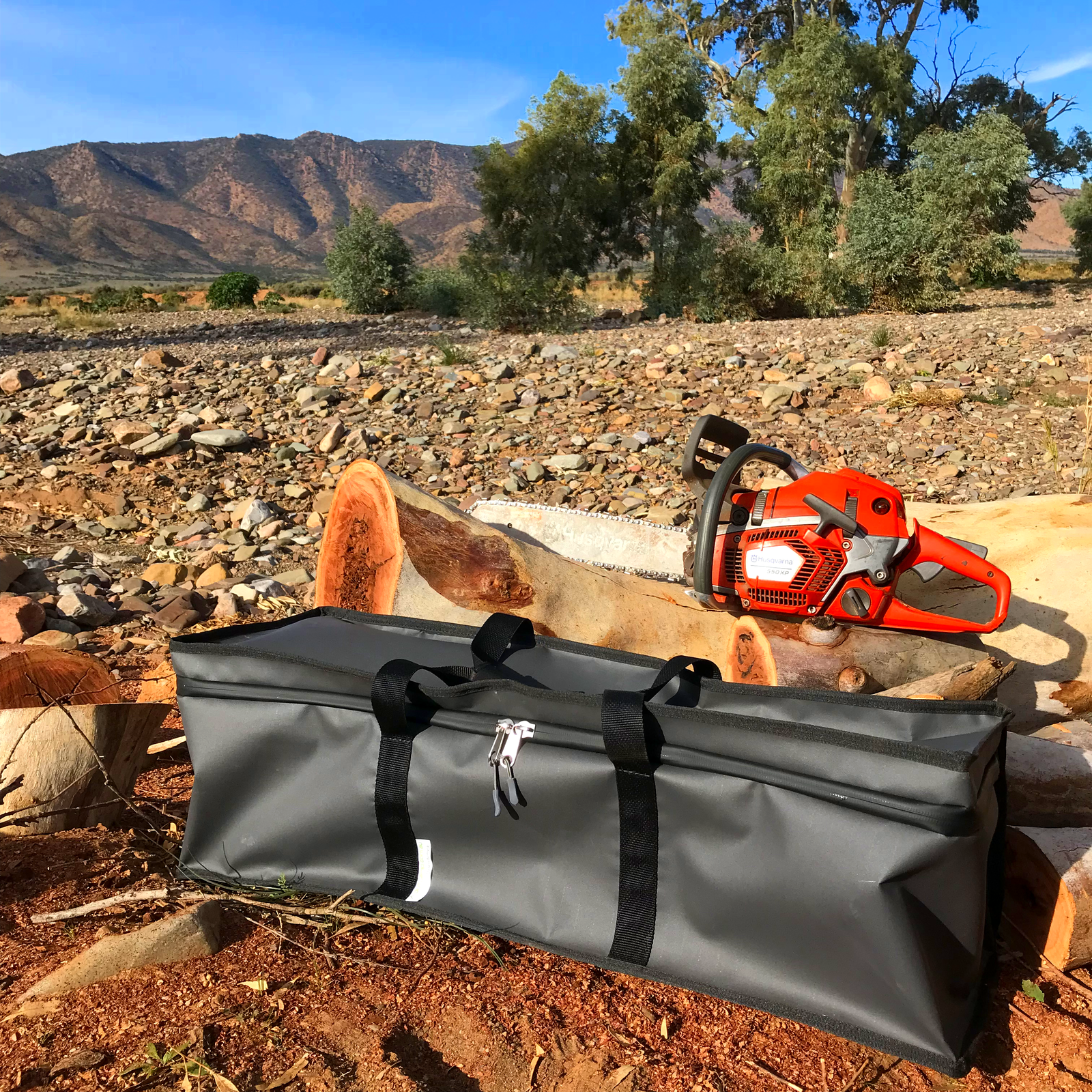
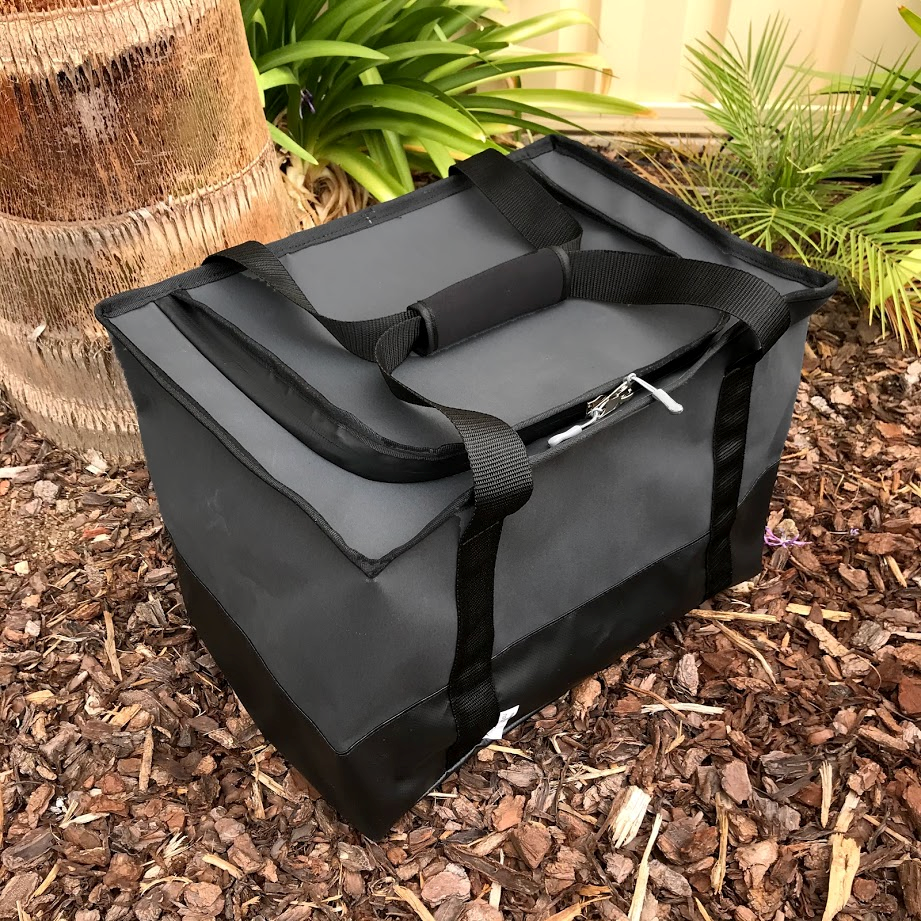

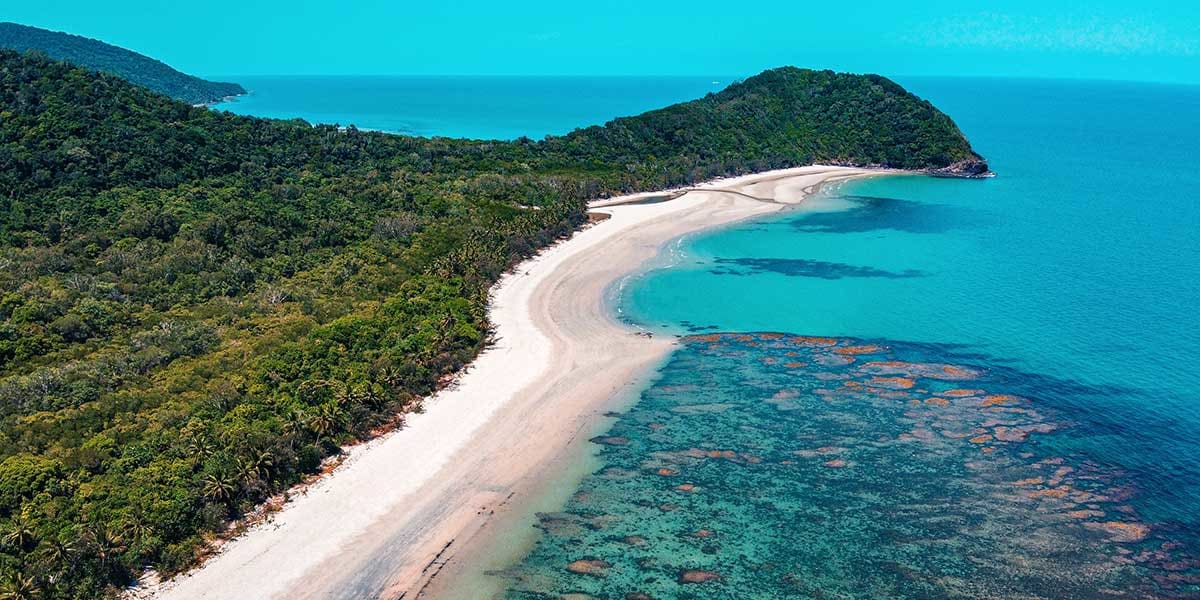





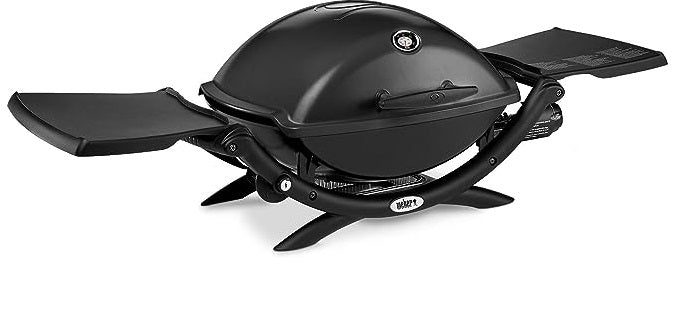
Leave a comment (all fields required)